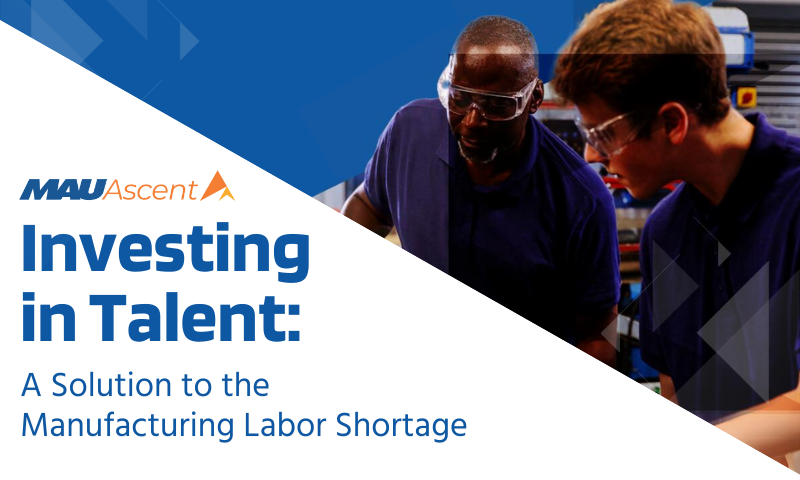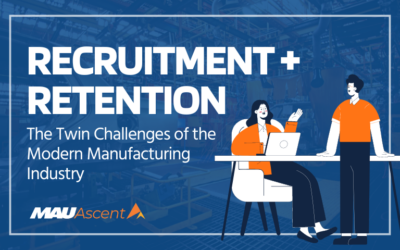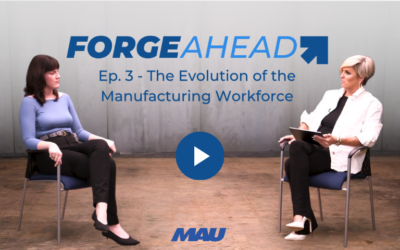The manufacturing sector stands as the lynchpin to numerous global economies, driving innovation, production, and employment. However, a significant issue threatens to undermine this essential industry—the increasing manufacturing labor shortage. This gap in skilled workers is a roadblock affecting the long-term competitiveness and efficiency of manufacturing operations.
The manufacturing labor shortage is not a fleeting challenge but an enduring issue marking a fundamental shift in the industry. Driving home the scarcity of skilled workers are factors like an aging workforce, swift technological advancements, and a diverging education and training system. These forces have created a vacuum in crucial areas such as advanced manufacturing, automation, and quality control.
Impact of Technological Advancements
Industry changes have only served to exacerbate this widening labor gap. The rise of automation and Industry 4.0 technologies has dramatically reshaped the manufacturing landscape. As of 2021, automation had led to the loss of over 7.2 million manufacturing jobs, and projections indicated that the industry would lose an additional 444,800 jobs by 2029.
This transformation necessitates a workforce conversant in advanced machinery, robotics, and data analytics. While these technologies supercharge productivity and efficiency, they also demand greater technical expertise, thereby widening the skills gap.
The ongoing skilled labor shortage significantly burdens the manufacturing industry, with far-reaching impacts on productivity, innovation, and growth. Operational inefficiencies, quality control issues, increased training costs, and stunted innovation are some of the challenges that manufacturers now grapple with in an era marked by a dwindling skilled workforce.
The Solution to the Labor Shortage: Investing in Talent
But the solution to this labor challenge lies within the problem itself – investing in talent. In the face of a rapidly evolving technological landscape, manufacturers’ strategic investment in fostering a skilled workforce has never been more critical. Integrating advanced technologies like artificial intelligence, machine learning, and automation into manufacturing processes necessitates a technically proficient workforce that can adapt to change.
Investing in talent allows manufacturers to leverage these technologies, enhance operational efficiency, and drive innovation. Companies that prioritize upskilling their employees have witnessed a significant jump in productivity and a drastic reduction in operational costs. By fostering a culture of continuous learning, manufacturers can maintain a competitive edge and swiftly respond to market dynamics.
Strategies for Talent Acquisition and Retention
The existing skills gap must be closed as a priority. With seasoned workers retiring and new roles emerging, the demand for highly-skilled workers is pressing. Manufacturers need to lure and retain top talent by offering attractive salaries, comprehensive training programs, and clear career progression paths. This strategy ultimately leads to better business outcomes, lower turnover rates, and an equipped and prepared organization ready to take on future challenges.
For an in-depth guide on strategies to begin investing in your workforce and tackle the labor shortage, download our expert guide.






